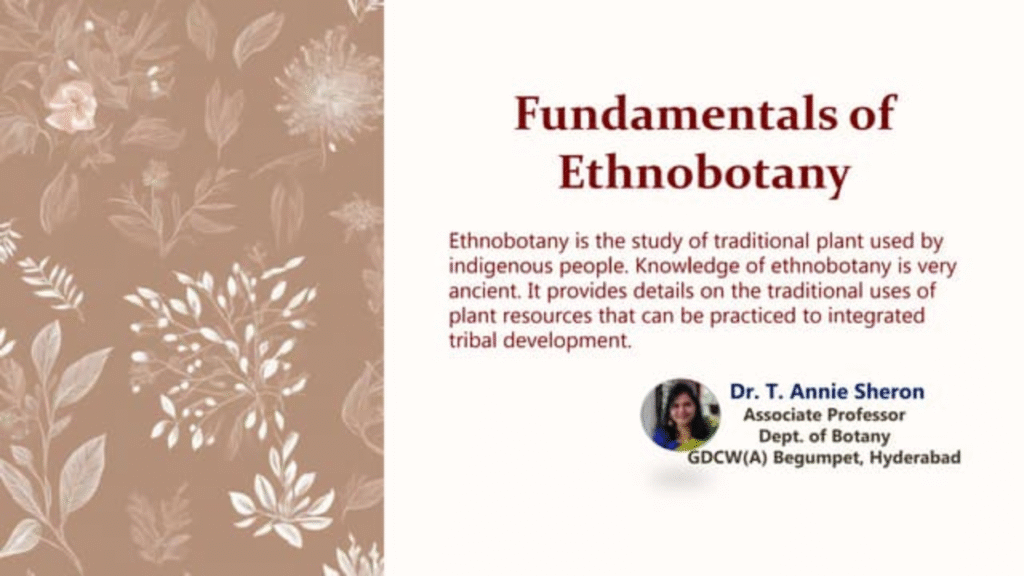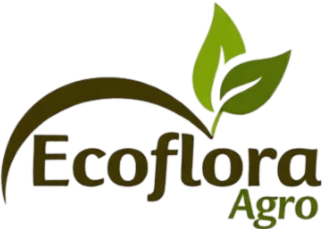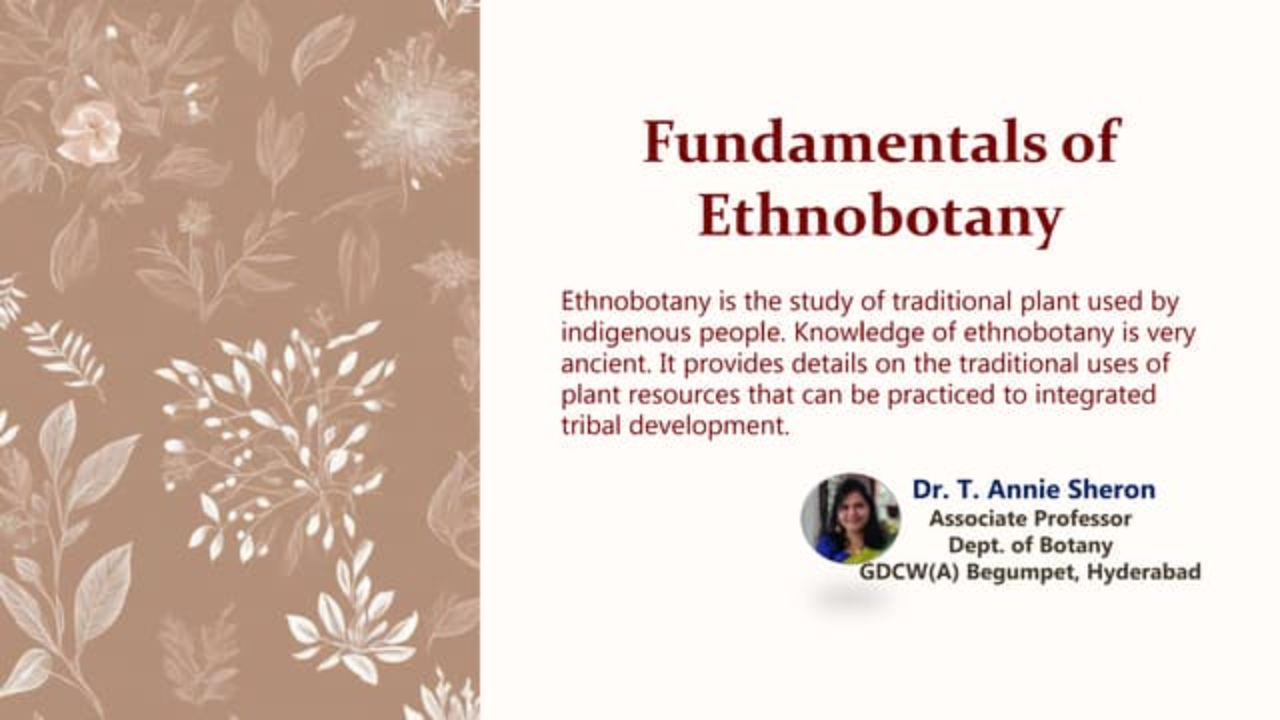
In a world racing toward synthetic solutions and lab-generated fixes, a quiet revolution is emerging from the roots of ancient wisdom. Ethnobotany—the study of the relationship between people and plants—has become a powerful driver of sustainable crop protection, tapping into the vast, time-tested knowledge of indigenous communities. By understanding how traditional societies have used plants to manage pests, improve soil health, and protect harvests for generations, modern agriculture is gaining new tools to combat pests while preserving ecosystems.
This article explores how ethnobotanical knowledge is being harnessed in contemporary crop protection strategies, its key applications, challenges, and its profound value in creating greener agricultural futures.
Overview Table: Role of Ethnobotany in Crop Protection
| Aspect | Description | Example Community Use | Modern Application | Benefit | Risk if Ignored |
|---|---|---|---|---|---|
| Pest Repellent Plants | Natural deterrents used by farmers | Neem leaves in South Asia | Biopesticide formulation | Eco-friendly pest control | Chemical over-reliance |
| Disease Prevention Methods | Traditional seed treatments | Garlic extract in Ethiopia | Antifungal coatings | Safer seed germination | Crop disease outbreaks |
| Indigenous Knowledge Systems | Oral transmission of plant-based remedies | Amazonian tribes | Ethnobotanical surveys | Localized solutions | Loss of knowledge |
| Soil & Water Management | Use of companion plants | Milpa system in Mesoamerica | Polyculture design | Improved resilience | Soil degradation |
| Cultural Practices | Rituals and taboos preserving biodiversity | Sacred groves in India | Conservation zones | In-situ preservation | Habitat destruction |
1. What is Ethnobotany in Agriculture?
Ethnobotany in the context of agriculture involves studying how traditional and indigenous cultures interact with plants—not just for food or medicine, but also for protecting crops from pests and diseases.
These interactions are shaped by centuries of trial, observation, and adaptation to local environments, offering valuable insights into sustainable pest control without the harmful side effects of synthetic pesticides.
2. Indigenous Pest Management Techniques
Indigenous communities across continents have developed non-chemical pest deterrents using locally available flora. These methods are:
- Low-cost and accessible
- Eco-safe for non-target organisms
- Compatible with organic farming systems
Examples:
- Neem (Azadirachta indica): Leaves and oil used in South Asia to repel insects
- Chili-Garlic Spray: Popular in East Africa for its pungent insecticidal action
- Tithonia diversifolia (Mexican sunflower): Used in Central America to repel nematodes
These applications are now being formalized into commercial biopesticide formulas, thanks to ethnobotanical documentation.
3. From Field to Lab: Validating Traditional Knowledge
While traditional remedies are proven in local contexts, scientific validation is essential for wider use. Ethnobotanical leads often go through:
- Phytochemical screening
- Toxicity tests
- Efficacy trials
This scientific verification bridges traditional knowledge with modern standards, allowing plants to be incorporated into certified crop protection products.
4. Protecting the Protectors: Respecting Indigenous Rights
Indigenous knowledge systems are intellectual properties, often passed down orally and rooted in cultural identity. Unfortunately, they’re vulnerable to exploitation through biopiracy—the unethical commercial use of traditional knowledge without consent or benefit-sharing.
Ethical practices include:
- Prior informed consent
- Benefit-sharing agreements
- Community-led research models
Projects that co-create knowledge with indigenous communities—such as participatory plant trials or seed banks—ensure fair recognition and empowerment.
5. Challenges in Mainstream Integration
Despite its value, ethnobotanical knowledge faces hurdles:
| Challenge | Description | Possible Solution |
|---|---|---|
| Knowledge Loss | Younger generations losing interest | Ethnobotany education and digital archives |
| Lack of Standardization | Variations in plant preparation | Scientific documentation and lab validation |
| Biopiracy Risks | Misuse without benefit-sharing | Strong legal frameworks (e.g., Nagoya Protocol) |
| Skepticism from Scientists | Dismissal as anecdotal | Joint research collaborations |
| Commercialization Difficulties | Inconsistent supply of wild-sourced plants | Cultivation models and contract farming |
Real-World Success: Case Study
The Kikuyu people have long used Tephrosia vogelii, a native shrub, to repel aphids and whiteflies. In collaboration with local universities and international NGOs:
- The plant was tested in controlled field trials
- Extracts were found to reduce pest pressure by 60–80%
- A community-based biopesticide production unit was established
- Farmers reported improved yields and reduced chemical costs
This project shows how indigenous practices, when respected and refined, can lead to scalable and impactful crop protection solutions.
Table: Common Plants Used in Indigenous Crop Protection
| Plant Name | Region of Use | Traditional Function | Modern Application |
|---|---|---|---|
| Neem (Azadirachta indica) | India, Africa | Insect deterrent | Biopesticide formulations |
| Chili Pepper (Capsicum spp.) | Africa, Asia | Pest repellent spray | Insecticidal extracts |
| Tephrosia vogelii | East Africa | Aphid and insect control | Field pest management |
| Garlic (Allium sativum) | Worldwide | Seed disinfection, fungicide | Antimicrobial coating |
| Tobacco (Nicotiana spp.) | Latin America | Insecticide for chewing pests | Alkaloid-based sprays |
Conclusion: Traditional Wisdom, a Pillar of Sustainable Agriculture
Incorporating ethnobotanical and indigenous knowledge into crop protection strategies is not just a nod to history—it’s a necessity for sustainability. With rising resistance to synthetic chemicals and environmental degradation, solutions rooted in tradition offer resilient, localized, and eco-friendly alternatives.
As science catches up with ancient wisdom, the future of farming may well lie in the hands of those who’ve worked in harmony with nature for generations.
3 One-Line FAQs
Q1: What is the role of ethnobotany in pest management?
It helps identify traditional plant-based methods for controlling agricultural pests naturally.
Q2: How is indigenous knowledge protected in agriculture research?
Through legal agreements ensuring consent, recognition, and fair benefit-sharing with communities.
Q3: Can traditional crop protection methods be commercialized?
Yes, once scientifically validated, they are turned into organic biopesticides and eco-friendly products.

